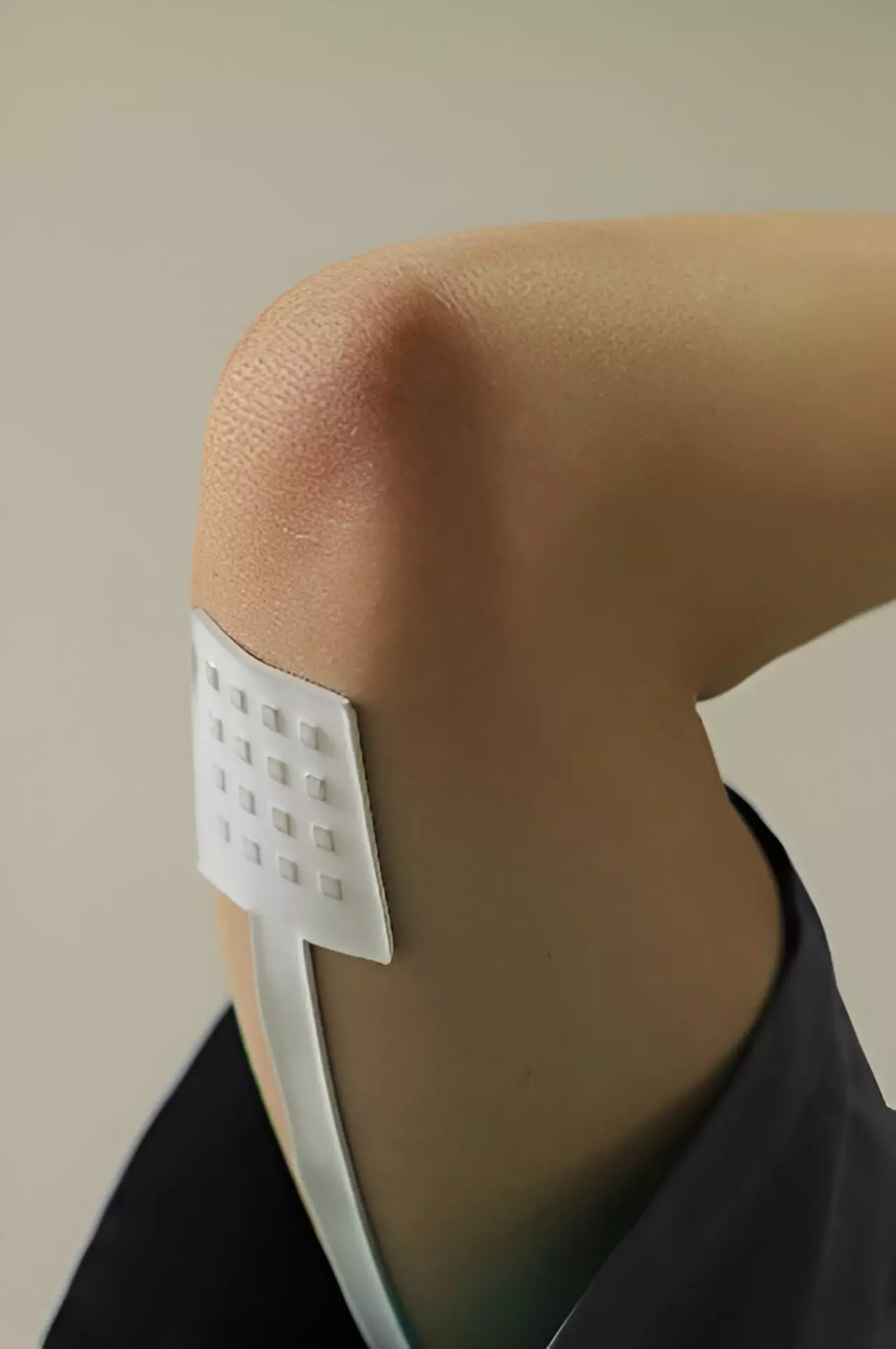The prospect of wearable technology has taken an impressive leap forward with the advent of flexible tactile sensors that can adhere to human skin, allowing for intricate monitoring of biomechanical signals from various body parts. Imagine the countless applications for health monitoring, rehabilitation, robotics, and even virtual reality. Recent research, particularly a groundbreaking study from Peking University published in *Science Advances*, reveals the development of modular tactile sensors that offer advanced features such as high-density pressure mapping, wireless communication, and the ability to decouple multiple biomechanical forces.
At the heart of this revolutionary technology are 3D micro strain gauges, which act as the sensing units of these tactile sensors. Designed to be flexible and adaptable, these strain gauges accomplish a level of spatial density and sensitivity not previously achievable. The lead researcher Han Mengdi noted the significance of transforming traditional planar strain gauges into their 3D counterparts through techniques that align seamlessly with established lithographic methods. By adopting this approach, the research team has significantly expanded the capabilities and application scenarios for tactile sensing technologies.
This innovation is characterized by several factors, including excellent stability and consistency due to the thin film stress-driven design. These unique gauges facilitate not only the miniaturization of components but also allow for mass fabrication—essential qualities for deploying these sensors on a broad scale.
Customization at the Micro-Level
One of the standout features of this technology is its adaptability. As highlighted by Chen Xu, a Ph.D. student involved in the research, the sensors can be customized efficiently to meet specific needs. By varying the design of the 3D microstructures, the thickness of the layers, and even the encapsulating materials, researchers can tailor the sensors’ sensitivity and overall performance. This customization capability paves the way for developing specialized sensors for diverse applications ranging from health monitoring devices to advanced control interfaces in robotics.
Importantly, each sensor is equipped with multiple 3D micro strain gauges aligned in different orientations. This design allows the machine to differentiate between normal and shear forces, contributing to the accuracy of the measurements. For instance, Yiran Wang, another Ph.D. student on the project, explained that factors like temperature are also measured using integrated modules in each sensor, showcasing the multifunctional nature of this technology.
The potential applications for these advanced sensors stretch across various fields. Their compatibility with both micro and macroelectronics means they can easily be integrated into existing technology infrastructures. From industrial robotics that require precise feedback on force interactions to consumer electronics that revolutionize user experiences, these sensors can play a vital role.
Perhaps one of the most compelling areas for this technology lies in biomedicine. Flexible tactile sensors could enhance prosthetics, allowing these devices to communicate more effectively with their users by perceiving and responding to physical interactions in real-time. Furthermore, their application in health diagnostics could facilitate continuous monitoring of physical conditions, providing healthcare professionals with invaluable data that directs patient care.
As we stand on the cusp of a technological revolution, the new developments in flexible tactile sensors represent a promising future not only for research but also industry-wide applications. The intricate blending of customization, precision, and technological integration marks a new chapter in the evolution of wearable technologies. With continued advancements and trials, the dream of seamless, responsive interfaces between technology and the human body is closer than ever to becoming a reality. This wave of innovation indicates not just a leap in sensor technology but a transformation in how we interact with our digital environments.


Leave a Reply